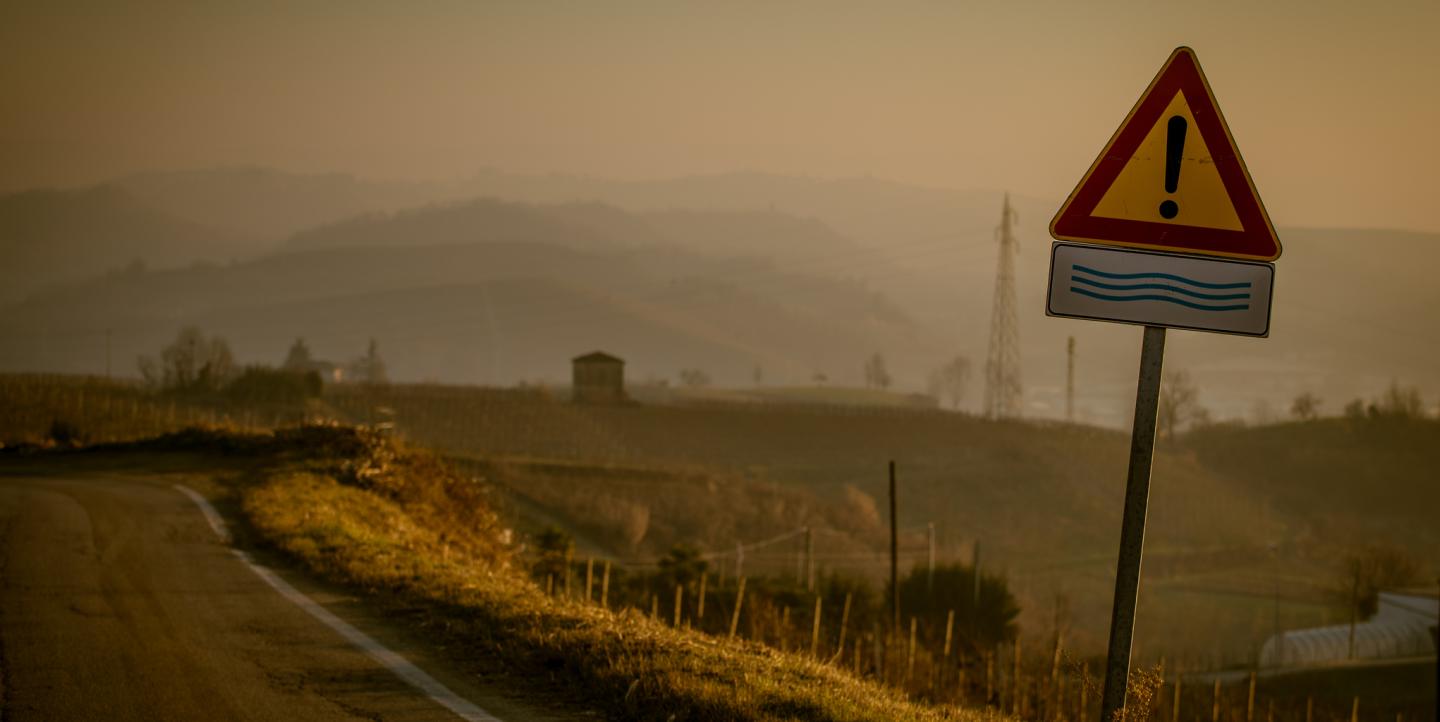From Mexico to Iraq to the United States, journalists around the world face severe threats to their physical safety and digital security every day. For this reason, I created a free risk assessment web application, called Salama, that’s designed especially for journalists and bloggers to help keep them safe on the job.
Journalists from more than 130 news organizations in Latin America, the U.S., Africa and the Middle East have conducted their first-ever risk assessment using Salama. Among the media that have identified and closed critical security holes using Salama are Mexico’s El Universal, Aristegui Noticias and El Noroeste de Culiacán, as well as Colombia’s Pacifista-Vice.
Individual journalists must be vigilant
Violence against journalists has been at record highs in recent years. In Mexico, for example, the number of journalists killed doubled from seven deaths in 2015 to 14 in 2016, according to Journalists at Risk’s online map. In most of these cases, impunity prevails, as a lack of training and funding negatively affects many of the governmental and private organizations trying to protect journalists at risk.
Under these conditions, the only option left for journalists is to try and prevent major threats from materializing by understanding and mitigating their risks.
“I didn’t know that we could assess the risk when we are working,” Carlos Alberto Coria, a freelance journalist based in Chihuahua said about his experience using Salama. Coria participated in a security workshop I organized as an ICFJ Knight Fellow in Ciudad Juarez, Mexico, in September 2016. Although violence in the area had sharply declined, a journalist was killed there last December.
Over the years, we have learned that as journalists we need to conduct periodical risk assessments to stay on top of the dangers and threats we face every day. Not only do we need a deep understanding of the nature of every threat, we need to understand our own strengths and weaknesses. Risk assessment may not be enough to deter all threats, but it’s the best way to mitigate their impact.
Unfortunately, risk assessment still isn’t taught in university curriculums and, as a result, new journalists have to learn about threats and vulnerabilities the hard way. Media organizations such as The Washington Post, The Los Angeles Times, Associated Press, Reuters, NPR or The New York Times, whose foreign correspondents have been severely threatened, detained or even assassinated in Central Asia or the Middle East, have also learned the hard way. I remember a former New York Times deputy director once saying the following: after the loss of our colleagues, we realized that we didn’t have any security protocol, any security strategy in place.
For big media organizations, having a security policy, strategy and protocols, has been a matter of investment and commitment. They hire people to focus on security and take advantage of every training opportunity. However, it’s not the same story for small, independent, limited-resources media organizations. They usually lack both the commitment and the resources to train their newsrooms and prepare them to reduce risks.
How Salama works
Users answer 30 or so questions about their behavior, ranging from what topics they report on to labor conditions to their digital security knowledge. Afterwards, Salama provides them with a risk score and customized, immediate advice to help make themselves safer. For individuals, the whole process takes about 10 minutes. If a user follows all the app’s recommendations and retakes the test later, their risk score should drop significantly.
Salama offers two kinds of risk assessments: one for individual journalists and a second one for media organizations. With Salama, media organizations may assess the probability and proximity of threats and measure the potential financial, physical or reputational damage. It can help organizations customize staff training opportunities and evaluate what resources they should allocate to increase the safety of their operations.
The app also has a Security Library, which offers the latest advice about encryption, secure passwords, and other digital security topics.
At the end of the day, security ends up being a personal endeavor for many journalists and news outlets. That’s why it’s so important for journalists to fully understand the risks they face and take action to protect themselves. That’s why I launched Salama as a way to make it easy for journalists to perform a risk assessment and fix their vulnerabilities.
Main image CC-licensed by Flickr via Roberto Faccenda.
Jorge Luis Sierra is an award-winning Mexican investigative reporter and editor and an expert in digital security. Learn more about his work as an ICFJ Knight Fellow here.

